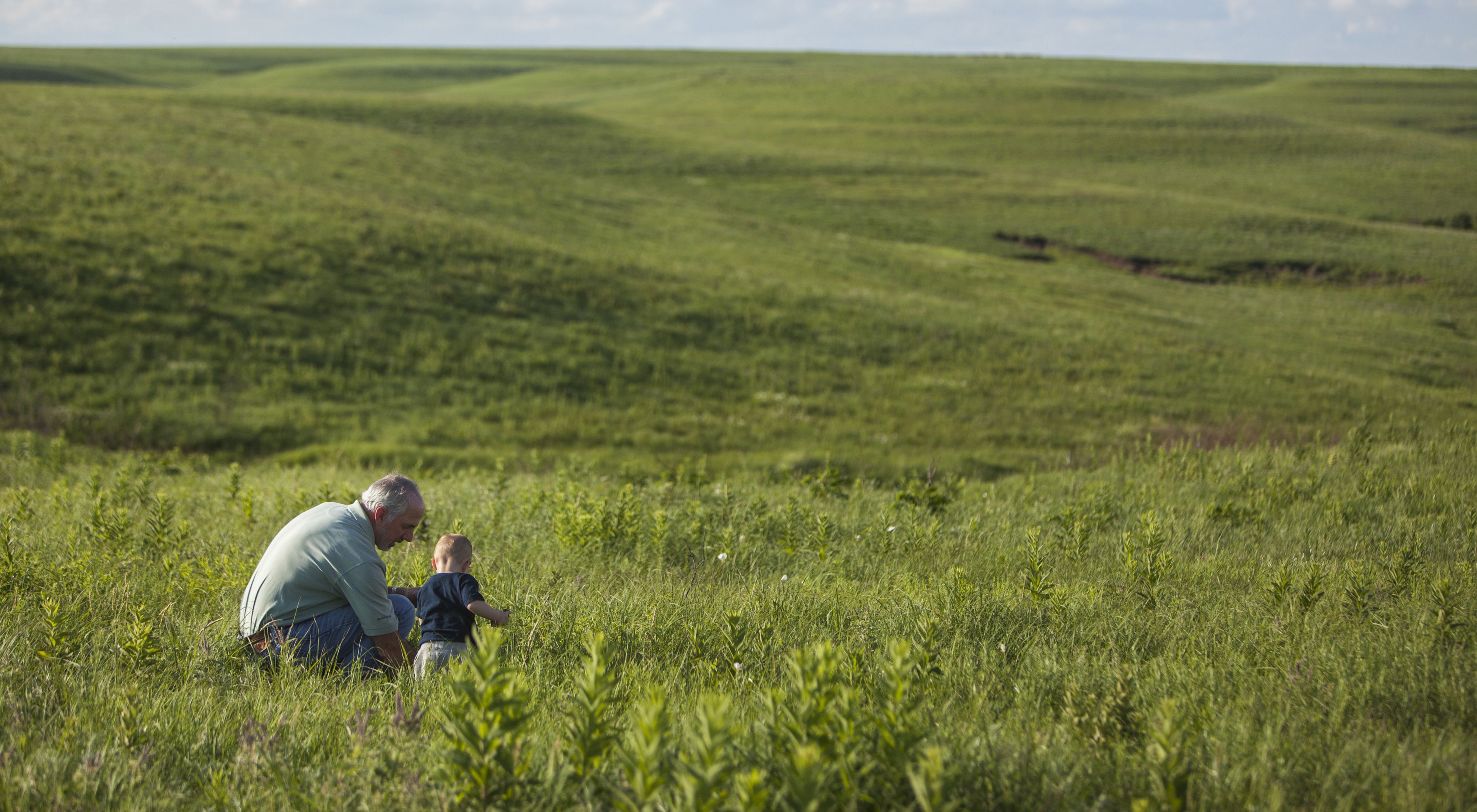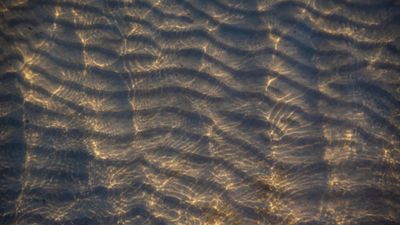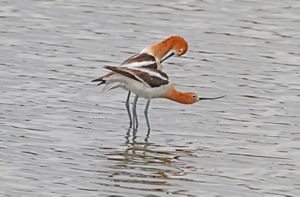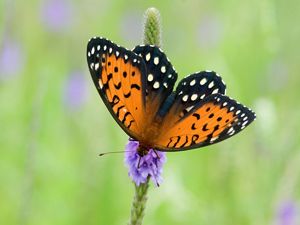The decisions we make now—for Kansas, in Kansas, as Kansans—determine how future generations engage with the natural world.
Generations Campaign Update
We did it! Thank you!
Progress
$24,201,530 raised through your generosity
Progress: 138.2%
Goal of $17,500,000
Generations: Conservation Wins
Donations to the Generations campaign are directly responsible for the these huge conservation wins in Kansas.
-
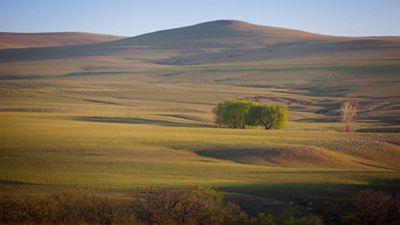
243k Acres Protected/Improved
TNC permanently protected an additional 50,909 acres between 2017 and 2022. We also helped others improve land management on 193,000 acres.
-
33.58 Stream Miles Repaired
We improved conditions along 33.58 miles of streams by removing invasive trees and barriers to fish passage.
-
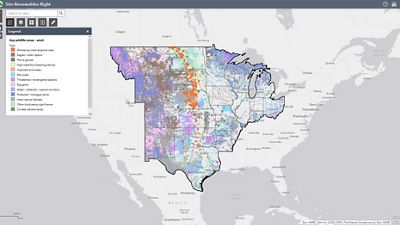
Siting Renewable Energy Right
TNC's award-winning Site Wind Right tool was expanded to include solar energy opportunities in Kansas and across 17 states.
-
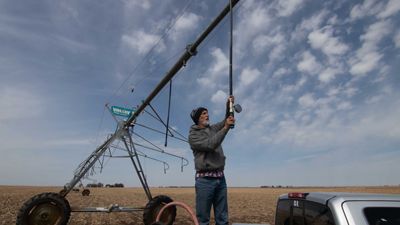
Saving Water, Saving Wildlife
We're helping farmers in the Rattlesnake Creek watershed transition to more efficient water use so Quivira National Wildlife Refuge has the water it needs.
Generations: A Campaign for Kansas's Land, Water and Air
Seven generations ago, the Central Plains of the United States was an endless landscape bursting with grasses and wildflowers and teeming with bison, prairie dogs, elk, and grassland birds. In 1806, Zebulon Pike wrote of modern-day Matfield Green, Kansas:
“Passed very ruff flint hills...I stood on a hill,
and in one view below me saw buffalo, elk, deer,
cabrie [pronghorn antelope] and panthers.”
Five generations ago, European settlers were farming a land of plenty. Drawn by the nutrient-rich soils that sustained an abundance of life, they displaced Native American tribes who had lived in this region for centuries, and they began converting the native prairie grassland to farmland across much of Kansas.
One generation ago, dedicated volunteers from across Kansas came together to establish a statewide chapter of The Nature Conservancy. These early leaders wanted to protect our state’s natural heritage. They wanted future generations to inherit a biologically rich world, and they knew that time was slipping away. Some of The Nature Conservancy’s earliest projects remain today’s most beloved places to visit: Konza Prairie. Cheyenne Bottoms. Smoky Valley Ranch.
Our supporters laid a solid foundation, allowing The Nature Conservancy to build on our initial strategy of establishing protected areas. Thirty years later, we’re reaching beyond the borders of our nature preserves to inspire private land conservation on a vastly larger scale. We’re bringing unlikely partners together to protect our freshwater streams. We find ways to promote clean energy without sacrificing the ecological integrity of our native prairie grasslands. But Kansas today is changing once again.
The actions we take now and over the next decade will define the future for our state and planet.
Just like that first group who formed the Kansas Chapter, our current supporters know that individually and collectively they can make a difference. Through the Generations campaign, The Nature Conservancy is raising $17.5 million to build on the previous generation of conservation successes in Kansas by doubling our conservation impact in just five years. Your help is critical.
Your gift that conserves the wild places and animals of Kansas not only protects the natural world for future generations, it also makes our lives better, safer, and more prosperous today.
How To Donate to Generations
MAIL Make checks payable to The Nature Conservancy, Kansas Chapter with a note to support the Generations campaign and mail to 2420 NW Button Road, Topeka, KS 66618.
PHONE Call us at 785-233-4400 to make a gift over the phone using Visa, Mastercard, Discover, or American Express.
Contact us in Topeka at kansas@tnc.org or 785-233-4400 for other ways to give or to get additional information.
The conservation outcomes we seek through the Generations campaign align with three natural elements: Land. Water. Air.

Land
Since the organization’s beginning, The Nature Conservancy has always owned natural lands to protect habitat and steward these special places into the future. We also use these preserves to test new conservation management practices and share those techniques with other landowners.
More recently, we’ve used conservation easements on privately-owned lands to provide the same protection while others continue to manage the land. From farmland to cattle ranches, conservation easements conserve the state’s most sensitive wildlife and ecosystems without removing the land from agricultural production. Conservation easements make your donated dollars go further and help connect protected areas for wildlife.
Nature preserves and conservation easements are powerful tools but nature needs us do more. That’s why The Nature Conservancy also supports private landowners with conservation stewardship: actively working to improve the health of the land—including the plants, water, soil, and animals that depend on it. In short, sustainably managing the entire ecological community.
Your gift will help increase acres protected with conservation easements, secure vital in-holdings and surrounding land at preserves, and establish better conservation stewardship practices on 200,000 acres of private land.


Water
The streams of Kansas—from large rivers to small creeks—need help. A 2012 assessment found that 75% of streams in the state are “impaired,” meaning they can’t be used for things like swimming, fishing, and drinking water. Some no longer run at all. Four years later, the number jumped to 80%. But it doesn’t have to be this way.
The Nature Conservancy is preserving the state’s precious remaining pristine streams and forming partnerships to improve the health of other waterways. We’re finding innovative ways to balance the needs of agriculture with those of nature in water-stressed areas. Beyond the streams, we’re protecting and restoring critical wetland habitats for migratory birds.
Along Rattlesnake Creek in central Kansas, we’re helping farmers maintain productive farms and restore the health of their soil so that Quivira National Wildlife Refuge has the water it needs.
In Kansas City, The Nature Conservancy is protecting the Blue River watershed’s headwaters to improve aquatic habitat and reduce the impacts from periodic floods.
For the Kansas River, we’re bringing partners together to re-write the book on river management—literally. Through the Sustainable Rivers Program, a nationwide partnership between The Nature Conservancy and the U.S. Army Corps of Engineers, the way the Kansas River is managed is being revised for the first time in 70 years.
Your gift will ensure that Kansas’s waters are repaired instead of impaired and that they can sustain us all now and long into the future.


Air
You know that Kansas is where the buffalo roam and the deer and antelope play, but do you know the second verse?
Where the air is so pure and the zephyrs so free
The breezes so balmy and light.
Those same breezes make Kansas 4th in the nation when it comes to the ability to generate power from the wind. Our state is a leader when it comes to large-scale wind energy production, but Kansas is missing opportunities to sustainably develop solar and other clean energy technologies.The Nature Conservancy brings the best available science and decades of field experience to help lawmakers and industry alike reap the environmental and economic benefits of clean and efficient energy.
Using The Nature Conservancy’s Site Wind Right mapping tool, wind developers can tap this renewable resource without harming wildlife and destroying our most special landscapes like the Flint Hills.
Kansas’s “air so pure” also relies on many of the same tools that keep our prairies, wetlands, and farmlands healthy. Natural climate solutions are strategies that keep land productive while also mitigating greenhouse gas emissions. Conservation agriculture, sustainable grazing management, and preventing grasslands from being converted to something else are some of the most immediate opportunities we have in Kansas to respond to climate change.
Your gift will support renewable energy being developed in the right places, encourage energy-efficiency legislation that boosts the economy, and keep vast amounts of carbon stored deep underground and out of the atmosphere.

How To Donate
With your help, we can create a stronger, more resilient Kansas that meets the needs of both people and nature. We envision a Kansas where the diversity of life thrives and people conserve nature for its own sake, as well as its ability to fulfill our needs and enrich our lives. Call our Topeka office at 785-233-4400 or email kansas@tnc.org.
Where We Work
The Nature Conservancy works around the world to conserve the lands and waters on which all life depends. In Kansas, we've protected nearly 200,000 acres and 400 miles of streams. Click on the map points below to learn more about these special places.
Where We Work Explore some of the special places in Kansas where The Nature Conservancy works.
